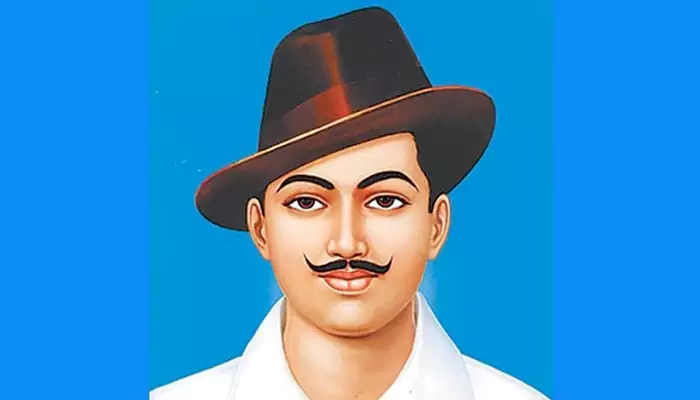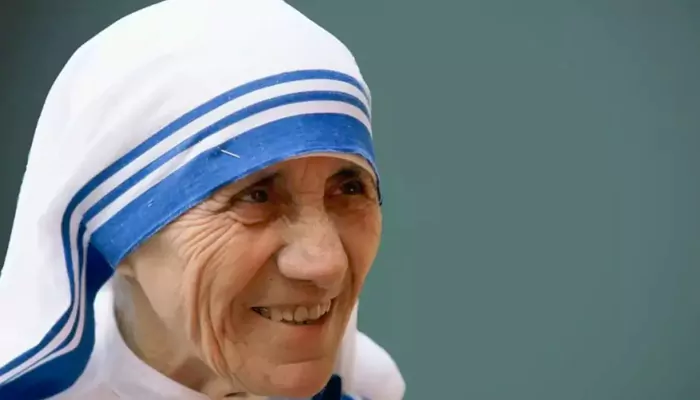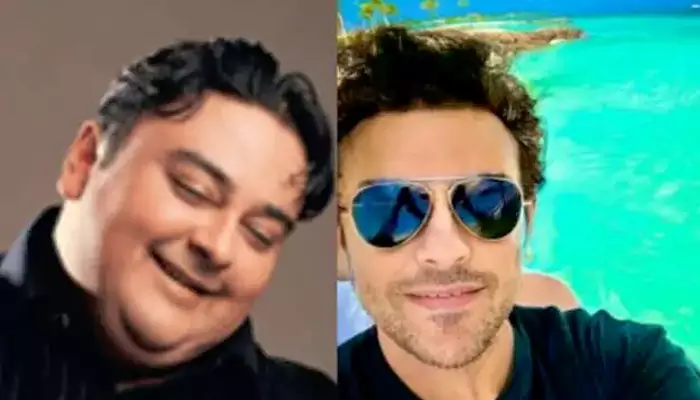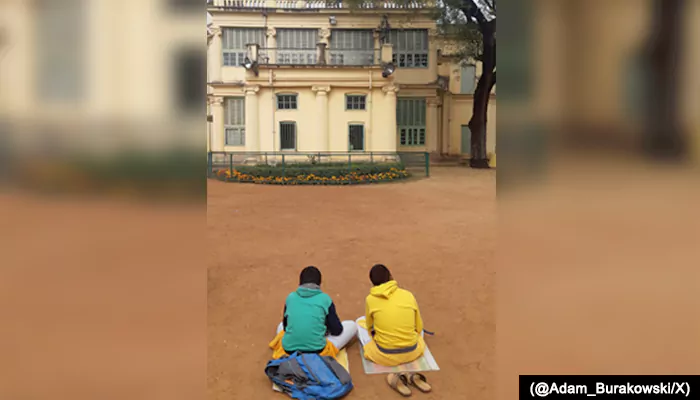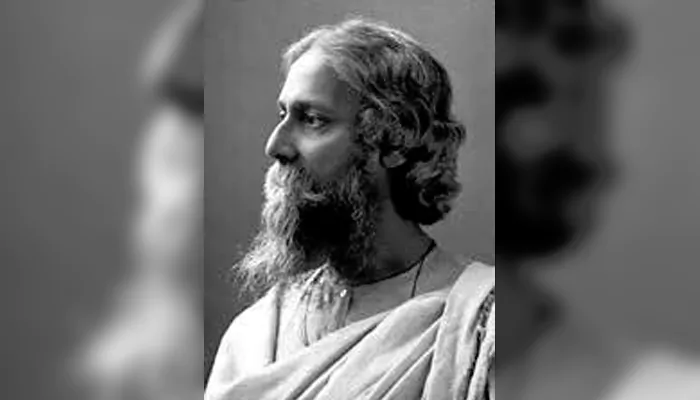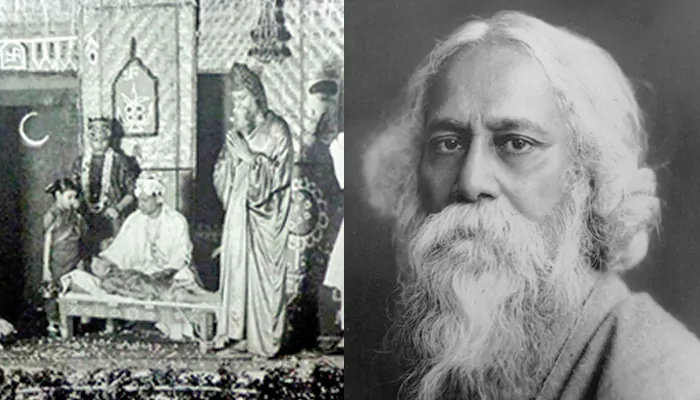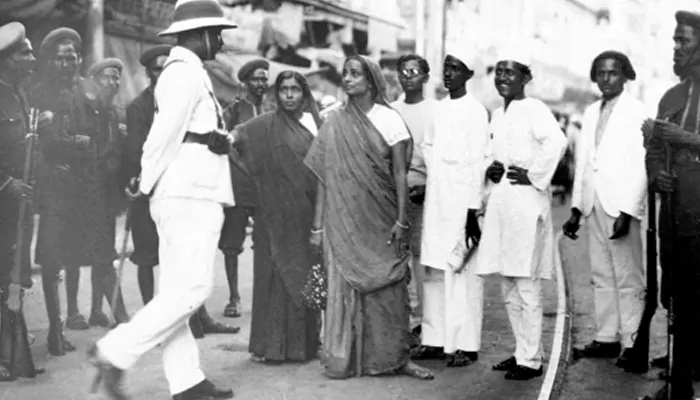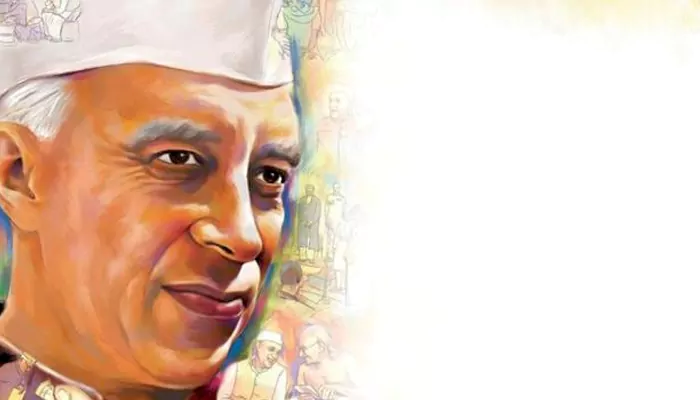Why July 1st is National Doctors’ Day: Know the Inspiring Story of the Man Behind It
- Sayan Paul
- 6 months ago
- 6 minutes read

During the mid-20th century, there lived a legendary doctor in Bengal who could diagnose a patient’s illness the moment they walked into his chamber.
We usually celebrate special days without knowing the story behind them. And maybe that’s okay, because no one needs a history lesson to enjoy Valentine’s Day, right? We simply celebrate love. The same goes for National Doctors’ Day on July 1st. It’s a day to thank the doctors in our lives, to appreciate the care they give, and the lives they save. But this day has a truly incredible story behind it that deserves to be told.
July 1st marks the birth and death anniversary of a doctor who was a legend in the truest sense of the term. People say he could sense a patient’s illness the moment they walked in. He could diagnose without tests and often treat without even writing a prescription. And he wasn’t just a doctor, because he also went on to become Bengal’s Chief Minister and transformed the state’s fortune. His popularity was so massive, it could even rival movie stars. So, who was this extraordinary man? This Doctors’ Day, let’s go beyond the stethoscope and discover the inspiring story behind the date.
Who Was Dr. Bidhan Chandra Roy?
Born on July 1, 1882, in Bankipore (now in Patna), Bidhan Chandra Roy was raised in a Bengali family rooted in reformist ideals. His father, Prakash Chandra Roy, worked as an excise inspector, while his mother, Aghorkamini Devi, was a devoted social worker who played a huge role in shaping his early values. A follower of the Brahmo Samaj, she passed on a strong sense of duty and service to young Bidhan, along with a deep love for spiritual texts like the Bhagavad Gita and the works of Rabindranath Tagore.

Medical Career: Although he studied mathematics at Patna College, Roy's real calling was medicine. In 1901, he enrolled at Calcutta Medical College and began his journey as a doctor. In 1909, with just Rs 1,200 in hand, he left for England to study at the prestigious St. Bartholomew’s Hospital in London. But the journey wasn’t easy, because the dean rejected his application 29 times, hesitant to admit an Indian student. On his 30th try, he was finally accepted. In just two years and three months, Roy earned both the MRCP (Member of the Royal College of Physicians) and the FRCS (Fellow of the Royal College of Surgeons), a feat that astonished the entire medical community.

After returning to India in 1911, he joined the Provincial Health Service and began teaching at Calcutta Medical College, later serving at Campbell and Carmichael Medical Colleges. He quickly gained legendary status, and that was not only for his clinical brilliance but also for the trust he inspired in patients. People from all walks of life, from the poorest villagers to the most influential figures (including Mahatma Gandhi) came to him for treatment.
How He Became a Legend
Dr. Roy was a man of rare compassion. The British Medical Journal once described him as “the first medical consultant in the subcontinent of India who towered over his contemporaries.” He was known for diagnosing illnesses with uncanny precision and treating patients with a mix of science and heart.
During Kolkata’s deadly cholera outbreak in 1945, Dr. Roy personally organized relief camps, ensured clean water supply, and treated patients on the ground, shoulder to shoulder with volunteers.
One of the most memorable stories of his career was during Gandhi’s fast in Poona in 1933. Gandhi had refused to take any foreign medicine, but Roy, acting as both friend and physician, gently persuaded him with logic and care.
Despite his fame, Roy often treated the underprivileged for free. People would line up at railway stations just to catch a glimpse of him. He lived by a powerful line he once read during medical school: “Whatever thy hands findeth to do, do it with thy might.”
He also left behind a strong institutional legacy, founding the Jadavpur T.B. Hospital, the Chittaranjan Seva Sadan for women and children, and Kolkata’s first postgraduate medical college, ensuring accessible healthcare for future generations.
A Political Powerhouse
Though medicine was his first love, Roy’s vision for India’s future pulled him into politics. In 1925, he entered the political arena by defeating none other than Surendranath Banerjee (one of Bengal’s tallest leaders) in the Barrackpore elections. He soon aligned with the Congress’s Swaraj Party and began championing causes like environmental protection of the Hooghly River.
By 1928, Roy had become a key figure in the All India Congress Committee and played a leading role in Bengal’s Civil Disobedience Movement. Arrested in 1930, he remained firm in his commitment to the freedom struggle, often working closely with Gandhi.
In 1931, he became the Mayor of Calcutta, ushering in reforms like free public education and medical aid. After independence, he briefly served as Governor of Uttar Pradesh in 1947 before taking on the role of West Bengal’s second Chief Minister in 1948, which he held until his death in 1962.
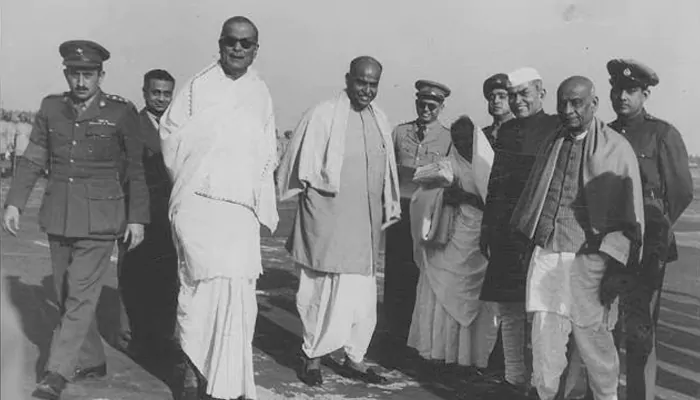
Under Roy’s leadership, West Bengal went from a state in turmoil to one of progress and stability. He founded five major townships (Durgapur, Kalyani, Bidhannagar, Ashoknagar, and Habra) and was instrumental in establishing IIT Kharagpur.
He also contributed to Indian journalism, editing publications like Forward and Liberty, and helping set up the United Press of India. In 1961, his unmatched contributions earned him the Bharat Ratna, India’s highest civilian award.
So, Why July 1st for National Doctors’ Day?
July 1st is a tribute to Dr. Roy’s entire journey. It marks both his birth and his death in 1962, at the age of 80. What’s truly remarkable is how he spent that final day, seeing patients in the morning, attending to his duties as Chief Minister, and even singing a Brahmo hymn before passing away peacefully.
National Doctors' Day
— UGC INDIA (@ugc_india) July 1, 2024
UGC pays tribute to Dr. Bidhan Chandra Roy on his birth anniversary!
Celebrating the selfless service of our healthcare heroes on National Doctors' Day.#UGC #NationalDoctorsDay #DoctorsDay #Doctor #Health pic.twitter.com/6rlncgGQU5
(Credit: UGC INDIA)
Since 1991, India has celebrated National Doctors’ Day on this date to honor not only the medical fraternity but also Roy’s legacy, which is a blend of service, humility, and excellence. His spirit lives on through the B.C. Roy National Award, established in 1976, which recognizes outstanding contributions to medicine, public affairs, science, and social work.
Happy National Doctors’ Day!

